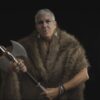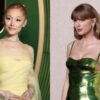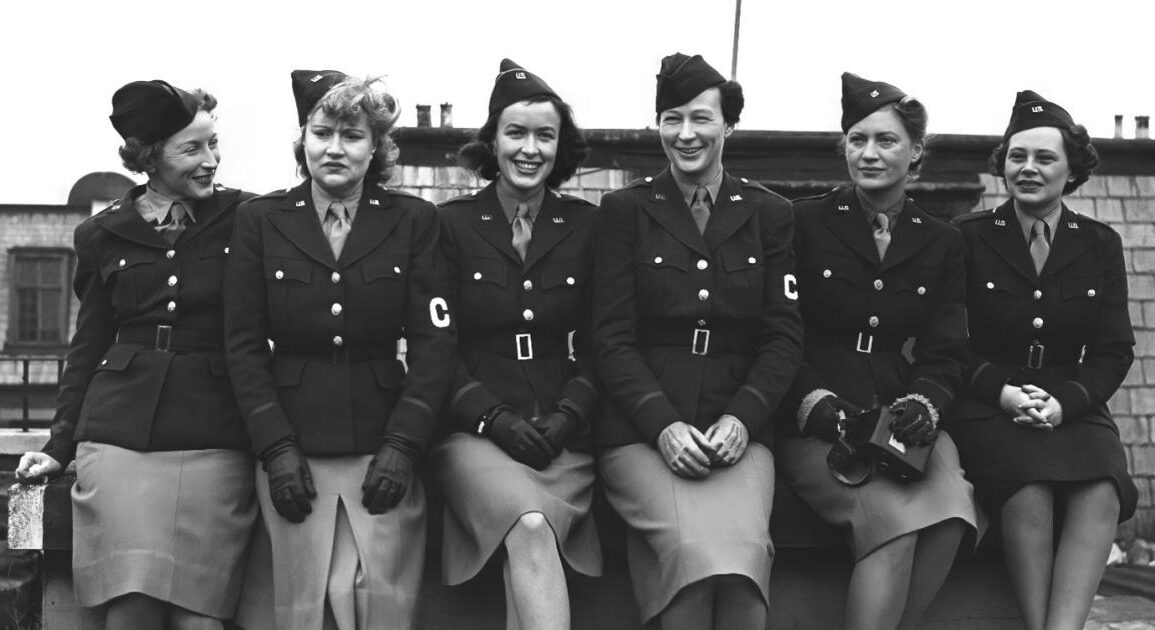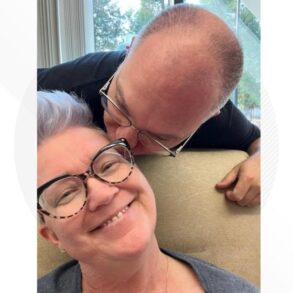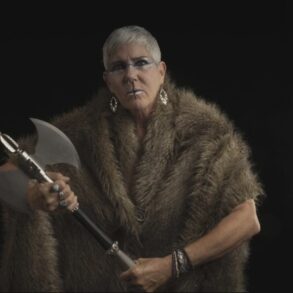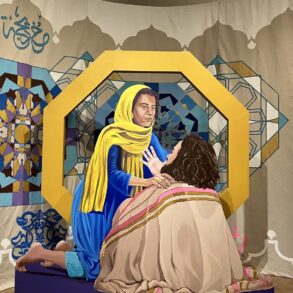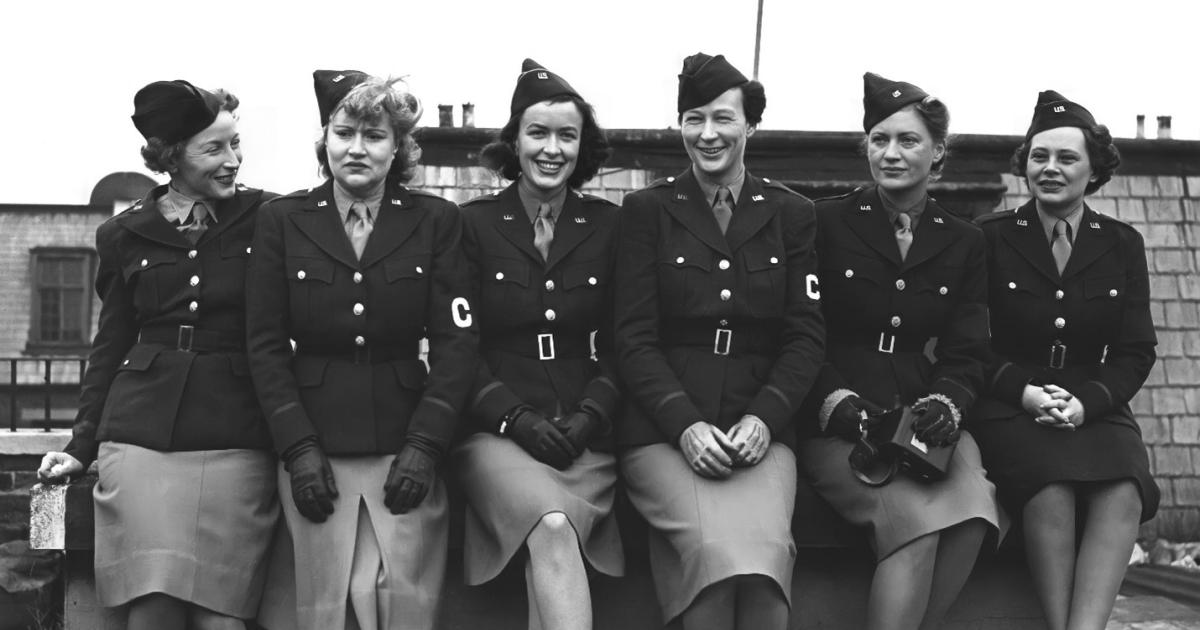
Beginning her career as a Vogue model, Elizabeth “Lee” Miller had a profound impact on 20th century art and photojournalism. Her work behind the camera first as a Surrealist photographer and later as a war correspondent expanded the boundaries of photographic expression.
Model, Muse, and Artist
Born in 1907 in Poughkeepsie, New York, Lee Miller was exposed to photography at an early age. Her father Theodore Miller was an engineer and amateur photographer who taught Miller both the technical and creative aspects of photography. After attending Vassar College, Miller began modeling in the 1920s when she was discovered by Condé Nast, the publisher of Vogue. She soon became a sought-after model and muse for high-profile fashion photographers.
Growing discontent with life in front of the camera, Miller moved to Paris in 1929 where she began studying photography with Surrealist artist Man Ray. They developed a romantic relationship and collaborated closely. Together, they innovated techniques and created art that explored themes of the subconscious mind through unexpected imagery. A 1930 portrait of Lee Miller taken by Man Ray is part of the Smithsonian National Portrait Gallery collection.
In Paris, Miller immersed herself in the Surrealist movement. As she became friends with artists such as Picasso, Max Ernst, Salvador Dalí, and Jean Cocteau, her photography became more experimental. She often used juxtaposition, combining two elements in the same picture to create contrast, and developed the technique of “solarisation” (the partial reversal of black and whites that creates a halo effect) with Ray.
Miller and Ray ended their professional and romantic relationship in 1932, though they would remain friends for the rest of their lives. At the time, Miller was hungry to explore her creativity on her own and felt constrained by her relationship with Ray. Devastated by their breakup, Ray produced some of his most iconic works in the following years using images of Miller’s eyes and lips.
War Correspondent
In 1939, Miller’s relationship with Surrealist artist and author Roland Penrose brought her to London. While there, she met the editor of British Vogue, Audrey Withers, and established a connection that would alter the trajectory of both Miller and the magazine’s future.
Miller began her transition to photojournalism as the destruction of World War II bore down on London. Through Vogue, she published several photo-essays about the Auxiliary Territorial Service, which was the women’s branch of the British Army. Out of place in a luxury fashion magazine, these images helped Vogue change its reputation and grow into an outlet for serious news. Miller became an accredited photographer with the U.S. Army through Condé Nast Publications in 1942.
Miller’s eye for Surrealist elements resulted in haunting photos that juxtaposed images of ordinary beauty with violence and destruction. She captured harrowing and unforgettable scenes: Londoners taking shelter during the Blitz; the aftermath of D-Day; the liberation of Paris; and the U.S. military’s entry into the Buchenwald and Dachau concentration camps. She was one of only a few U.S. Army women photographers at the time to see combat. She sent the photos back to Vogue, unsure if they would be able to publish the gruesome images, along with the telegram “I IMPLORE YOU TO BELIEVE THIS IS TRUE.” The June 1945 issue of American Vogue printed Miller’s photos from the concentration camps with the title “Believe It.”
Leaving a Legacy
After the war ended, Miller continued to travel throughout Europe and photograph women at work, particularly in hospitals. She was haunted by what she had experienced and seen in Buchenwald and Dachau, and it seemed impossible to return to a life at home. She struggled to write the pieces that Vogue assigned her and suffered from bouts of depression. In 1947, she married Roland Penrose and had her first child Anthony later that year. Miller remained private about her work after the war, refusing the efforts of family members and art directors who wanted her to promote it. Throughout the 1950s, she continued writing for Vogue and photographing guests such as Picasso, Man Ray, Eileen Agar, and Max Ernst, who were frequent visitors to her farm in Sussex.
Miller died from cancer in 1977, and her son Anthony Penrose has been an instrumental force behind the preservation of her photographs and legacy. Several years after Miller’s death, Penrose and his late wife Suzanna created the Lee Miller Archives to catalog and display the attic full of unpublished material Miller left behind. His first book, The Lives of Lee Miller, has been adapted into a major motion picture, Lee, starring Kate Winslet as Lee Miller.


